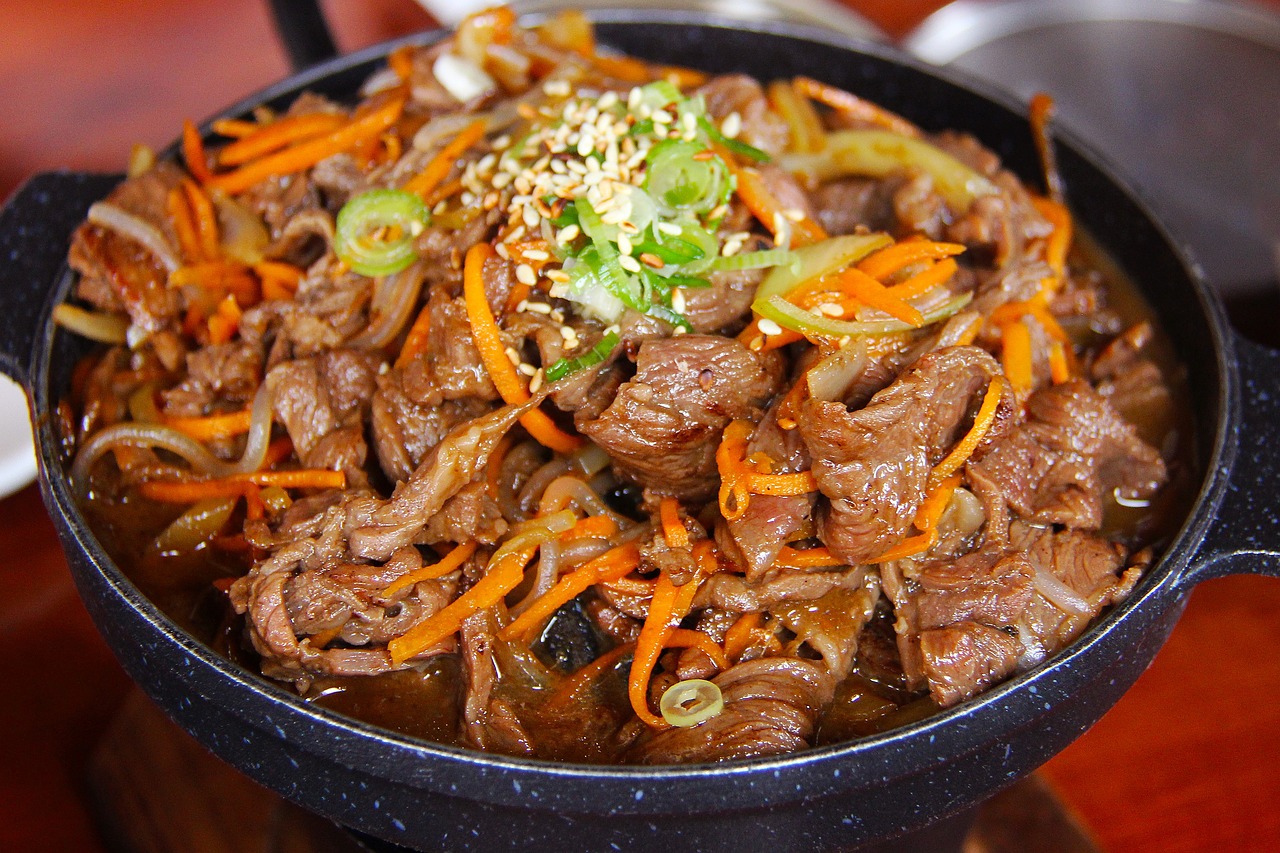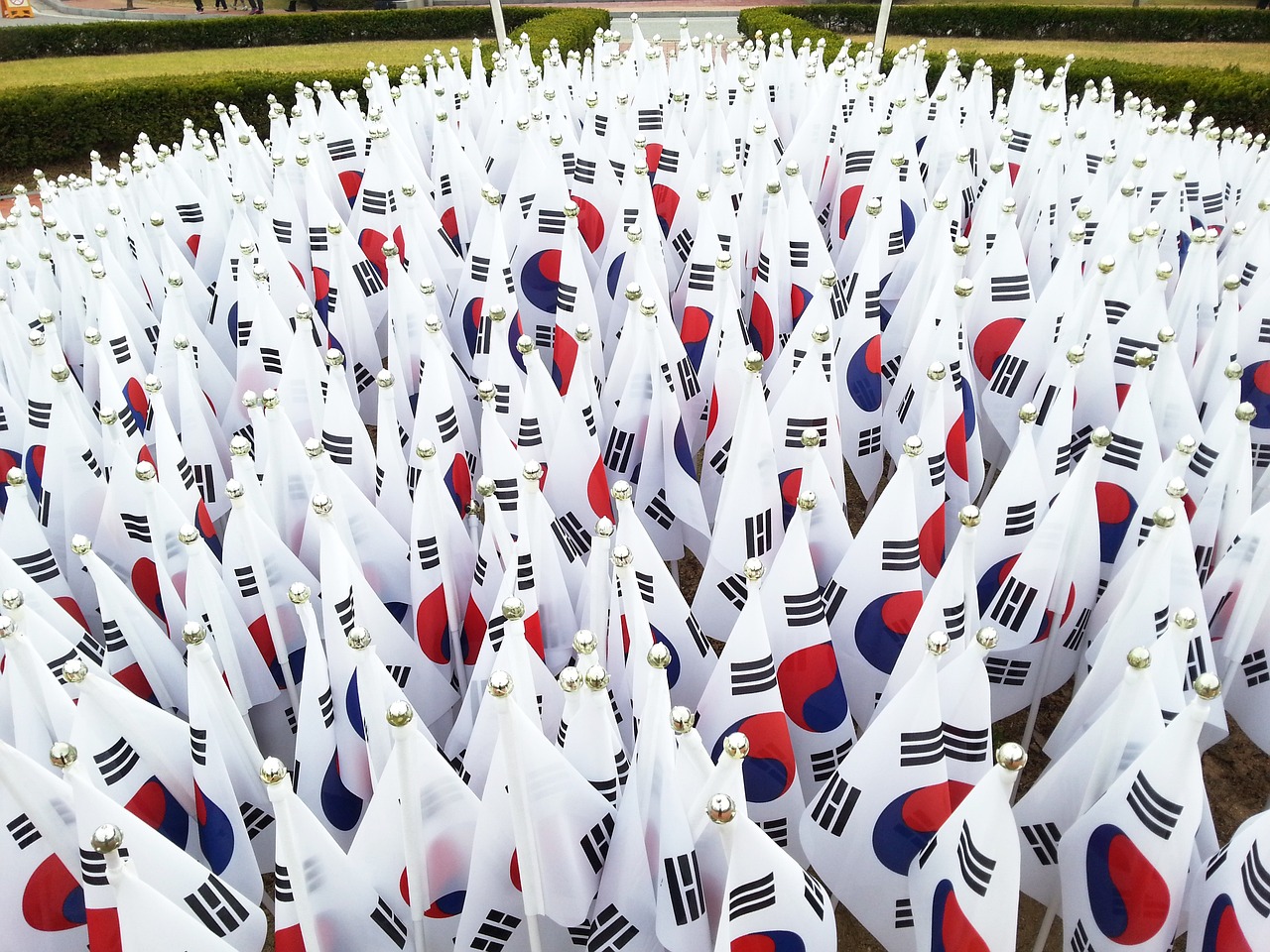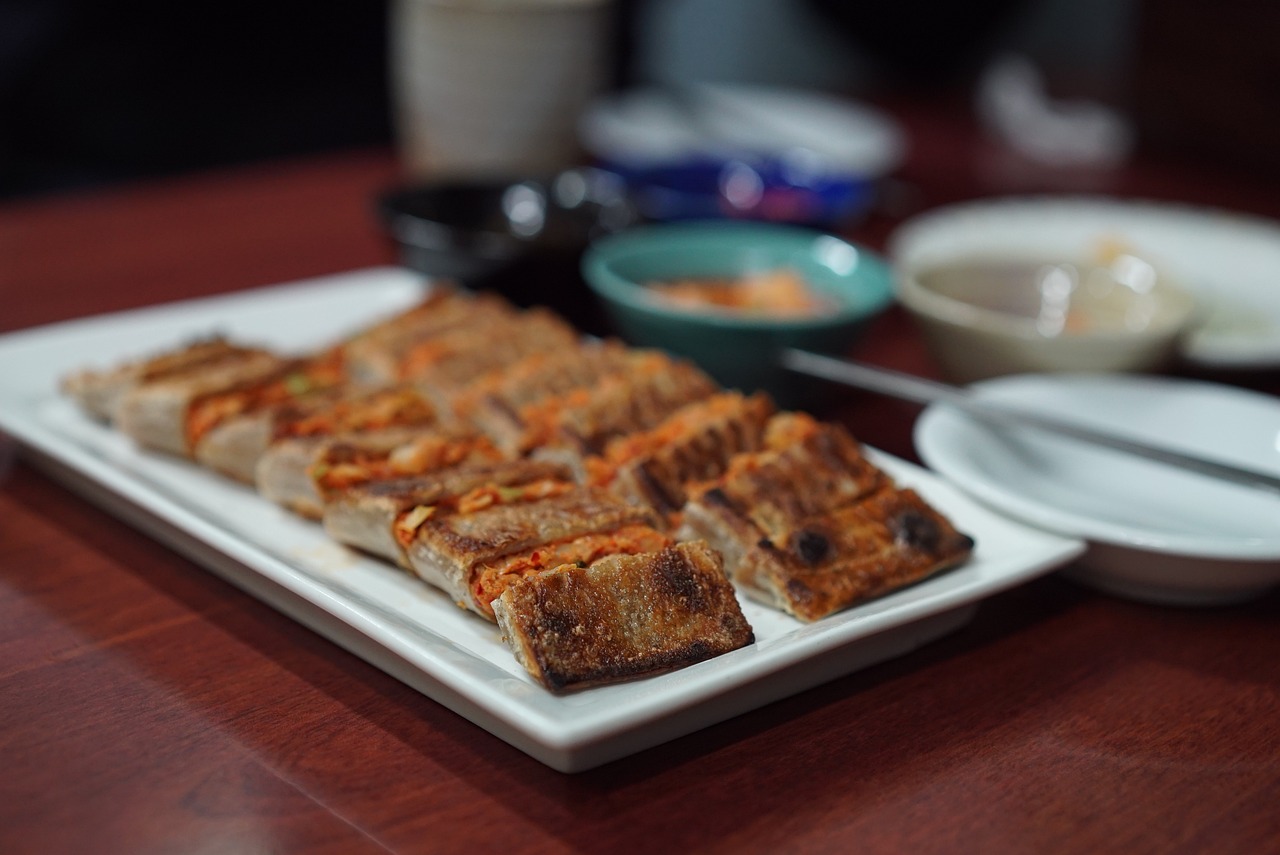Discovering the Best Korean BBQ Dishes
Embark on a culinary journey through the vibrant world of Korean BBQ, where each dish tells a story of tradition, flavor, and culture. From the sizzling grills to the tantalizing aromas, Korean BBQ offers a feast for the senses unlike any other. Let's dive into some of the most mouthwatering and beloved dishes that grace the tables of Korean BBQ restaurants around the world.

1. Bulgogi
Bulgogi is a beloved Korean BBQ classic that consists of marinated slices of beef or pork grilled to perfection. The name "bulgogi" translates to "fire meat," highlighting the cooking method that involves grilling over an open flame. The marinade typically includes a mixture of soy sauce, sugar, sesame oil, garlic, and pepper, creating a harmonious blend of sweet and savory flavors.
One of the key elements of bulgogi is the thin slicing of the meat, which allows for quick and even cooking on the grill. This technique not only enhances the tenderness of the meat but also allows the marinade to penetrate deeply, infusing every bite with rich flavor. Bulgogi is often served with a side of lettuce leaves and ssamjang, a spicy dipping sauce, allowing diners to create their own wraps for a customizable dining experience.
When enjoying bulgogi, the experience goes beyond just the taste—it involves all the senses. The sizzling sound of the meat on the grill, the aroma of the marinade as it caramelizes, and the vibrant colors of the dish all contribute to a sensory feast. Each bite of bulgogi is a journey through layers of flavor, from the initial sweetness to the umami richness, culminating in a satisfying burst of juiciness.

2. Galbi
When it comes to Korean BBQ, one cannot overlook the mouth-watering delight that is Galbi. These succulent short ribs are marinated in a sauce that strikes the perfect balance between savory and sweet, creating a flavor explosion with every bite. The grilling process transforms the meat into tender perfection, embodying the essence of Korean BBQ in every juicy bite.
Galbi comes in various regional styles, each offering a unique twist to this beloved dish. From the marinade ingredients to the grilling techniques, different regions in Korea have their own take on how to elevate Galbi to new heights. Whether you prefer a sweeter marinade or a more savory one, there is a Galbi variation out there to satisfy every palate.
One interesting aspect of Galbi is its cultural significance in Korean cuisine. Often enjoyed during special occasions or family gatherings, Galbi symbolizes togetherness and celebration. The act of grilling and sharing these delectable ribs brings people closer, creating memorable moments around the dining table.

3. Samgyeopsal
Samgyeopsal is a popular Korean BBQ dish consisting of thick slices of pork belly that are grilled at the table. The name "samgyeopsal" translates to "three-layer flesh," referring to the layers of meat, fat, and skin present in each slice. This dish offers a rich and indulgent dining experience, with the pork belly becoming crispy on the outside while remaining juicy and tender on the inside.
Traditionally, samgyeopsal is grilled over a charcoal or gas grill, allowing diners to cook the meat to their preferred level of doneness. The pork belly slices are typically served with an assortment of side dishes, including lettuce leaves, garlic cloves, ssamjang (a spicy dipping sauce), and kimchi. Diners can create their own wraps by placing a slice of grilled pork belly in a lettuce leaf, adding various condiments, and then wrapping it up to enjoy.
One of the unique aspects of samgyeopsal is the communal nature of the dining experience. It is often enjoyed with family and friends gathered around the grill, sharing stories and laughter while cooking and savoring the delicious pork belly together. This social aspect adds to the overall enjoyment of the meal, making samgyeopsal not just a dish but a memorable culinary experience.

